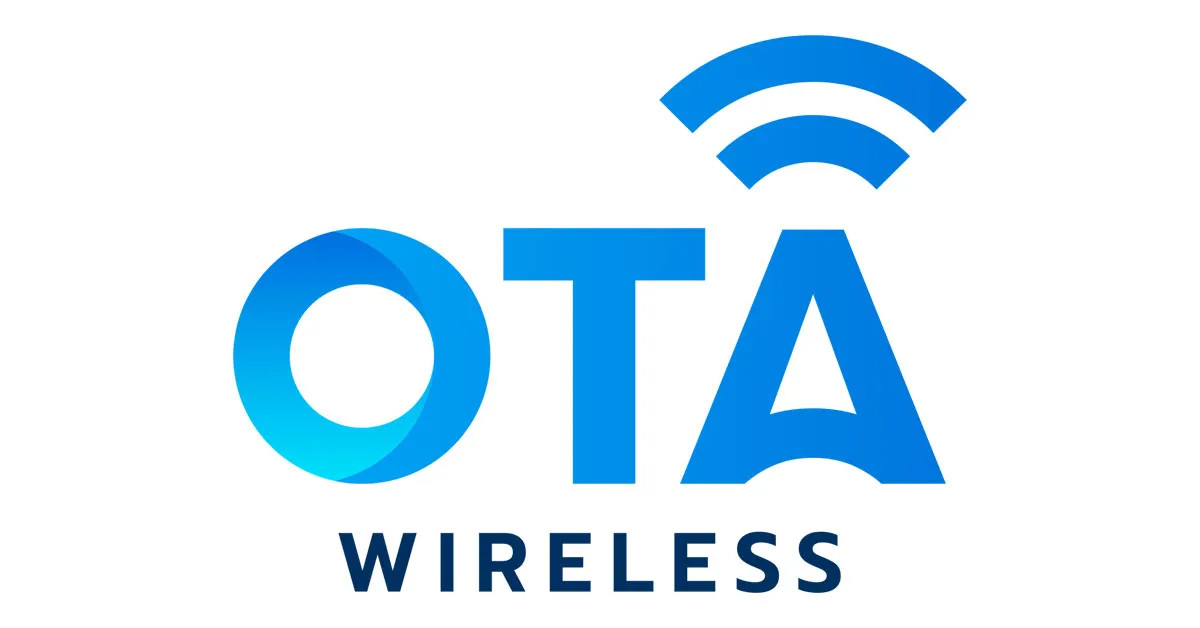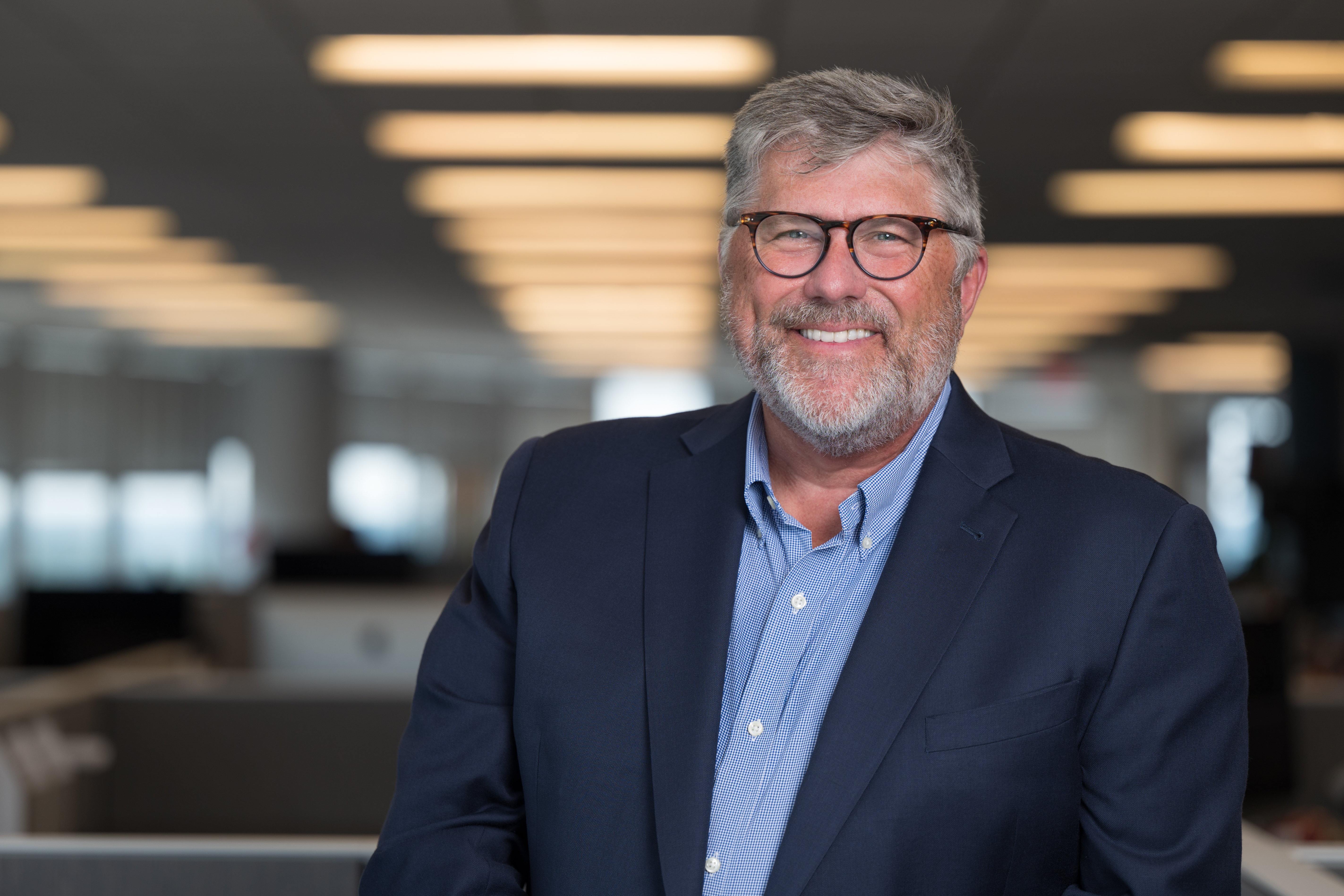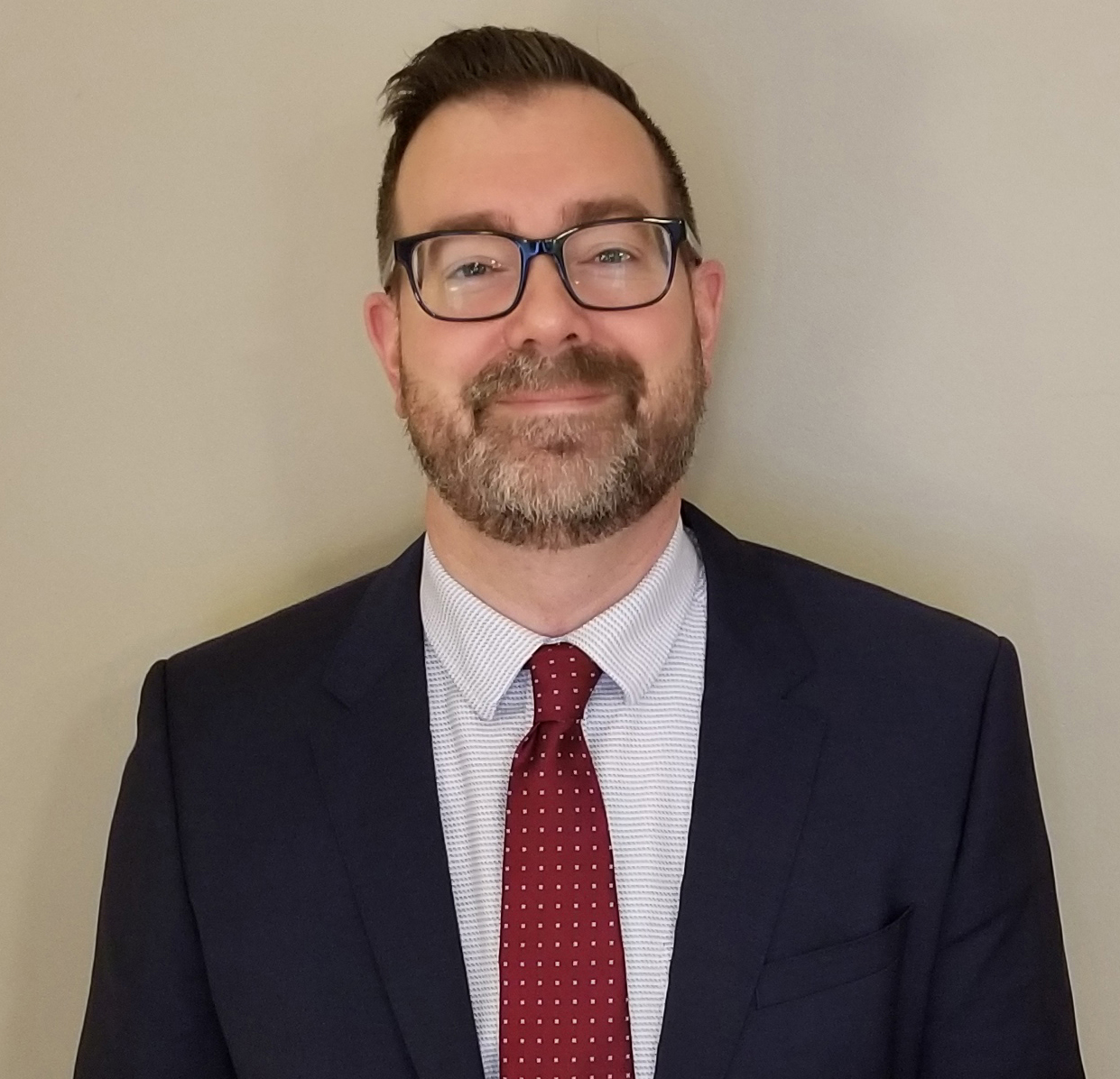
While technology is central to making ATSC 3.0 a success as a means to deliver wireless data, it’s only a part of the story.
There are plenty of business considerations that must line up—both for broadcasters and potential datacasting customers—if 3.0-based datacasting services, such as OTA Wireless’s offering, are to succeed.
In this, the third and final part of TVTech’s Q&A with Nexstar Media Group executive vice president and CTO Brett Jenkins and E.W. Scripps vice president of strategy and business development Kerry Oslund, the pair discuss coverage, how other broadcasters might participate in OTA Wireless and 5G Broadcast. Oslund also offers a hypothetical scenario illustrating the savings 3.0-based datacasting can deliver.
(Editor’s note: Part 1 and Part 2 of the interview are available online.)
(An edited transcript.)
TV Tech: You mentioned earlier [in Part 1] that Nexstar and Scripps cover more than 90% of U.S. broadcast markets. Does that mean OTA Wireless will invite other broadcasters to participate by making a portion of their 3.0 channels available for datacasting to achieve 100% coverage?
Kerry Oslund: Let’s begin with OTA Wireless. If you think about Scripps and Nexstar, they’re both affiliates of OTA Wireless.

OTA Wireless works on the data plans and works on the peering between networks if there’ll be multiple networks. A customer can start its journey in any network, and it doesn’t have to end at a particular network. It will peer into other networks.
But, yes, we need 100% coverage. Not only that, in some markets we will need density. We'll need deeper coverage. So, two things are happening.
We are having conversations with potential affiliates. They're coming to us now and asking: “How do we get involved? We would like to be an affiliate. What does it look like to be an affiliate?” That's where we are on that particular journey.
Brett Jenkins: I’ll try to give you an analogy. We're effectively setting up a data business—a data service company.
It's quite possible there could be affiliates. It's also quite possible there could be other entities in this space with which we want to collaborate. The analogy I like to make that makes sense is you can envision roaming agreements.

So, affiliation is one way. But there may be some other network that’s set up, and you just have roaming agreements. You have a way, as Kerry said, to peer different core networks together. I think that's very logical. I don’t know whether the industry will bake out that way, but it certainly baked out that way in the wireless industry. There are a lot of good analogs between what we're trying to do and what the wireless folks have already done. There are several different paths.
I will just tell you, honestly, of all the things that keep me up at night when I feel pressure to get this business going, achieving 100% coverage is not one.
TVT: Do single frequency networks (SFNs) fit into the OTA Wireless vision for datacasting?
BJ: That’s a really cool thing that is sometimes overlooked. Another great tool in the 3.0 toolkit is the ability through SFNs to densify signals that you already have on the air. This is how I explain it to our finance people. “You want more bandwidth? You know what, I can’t give you bandwidth per se, but I can give you throughput.”
Because I can add money, I can add CAPEX, and I can add infrastructure. Now I can increase the throughput of my signal. We've never had anywhere close to that ability before.
TVT: When will OTA Broadcast have its first paying customer?
KO: First off, there are two types of customers. There's the first dollar you can frame, and that will happen soon. Then there's the first $10 million you can frame, and that's going to take a little bit longer. But we are working the small players with our business development efforts, and we are also working the largest of large players that are automotive or are a step above automotive and service automotive.
I can tell you the trajectory of interest is going up and to the right fast. I know that it sounds weird, but we're as close as we've ever been to the first dollar of revenue. I think it's going to happen very soon, but I don't want to give you a date.
TVT: Can you run the numbers for a hypothetical customer considering OTA Wireless as opposed to wireless network alternatives?
KO: Let’s pretend you are the customer. You have 100,000 endpoints, and the average file size you send is 1GB. Your frequency—how often you send it—is three times per month.
Let’s say TV signals will fulfill 85% of your needs. You’re still going to need to send 15% by an LTE partner, Wi-Fi or whatever.
We’re going to offer you a price of $1, and I am going to make this part extreme. You are paying $3 now. Maybe you would pay that for 100,000 [endpoints], but not for a million. The added upgrade cost is $60, and the contract term is seven years. We’re going to do a weighted cost of capital and a discount rate.
When we run the numbers, we see that for your new CAPEX cost of $6 million, over a seven-year period your inflows are going to be $44 million based on the saving you created by switching to TV service [3.0-based datacasting].
Then we can calculate what it's going to cost for the bill of materials for all of that. Obviously, there’s more that goes into it.
But what we've learned in our research is that after we get the potential customer impressed by the technology, then they need to be impressed by the math. The tool I used to calculate this hypothetical helps them get impressed by the math.
There's no engineer in the world who can see this math and not go back and tell the boss about it because that might be their last week on the job if they don't.
[Editor’s note: Oslund created this hypothetical live during the interview using an online tool the service calls the “OTA Wireless Customer Saving Calculator.” The calculator is available to the public online.]
TVT: Who is selling OTA Wireless’s datacasting service?
KO: Nexstar and Scripps have contributed business development people. They are out there hitting conferences that we’ve never been at before. We’re going to agriculture conferences and automobile conferences, and we’re making lots of phone calls.
We do have some inbound now from large companies that are having issues with bandwidth consumption because they’ve decided to acquire premium live sports [broadcast rights], and they are looking at broadcast as a way to offload some of that stress and congestion on their networks.
TVT: What about 5G Broadcast? Is there a role? Will it be a competitor?
KO: We're keeping an eye on it. We have a standard [ATSC 3.0] that has been built to change. If in fact there's some relationship that can or should be had with 5G Broadcast, we're open to it. Brett's on the ATSC board, I'm on the ATSC board. So, at least for me, that's where I'm keeping my head when it comes to 5G Broadcast at that level—not so much at Scripps.
BJ: To me that is much more of an overarching kind of industry issue to watch and pay attention to.
Like I said, it could easily be possible to peer with the 5G Broadcast core network. It probably creates a lot more complexity in the receiver. The irony there is that’s what the 5G Broadcast guys are claiming their system does is it makes it easier on the receive side. As an engineer, I would say the jury is way, way, way out on that. So, I think we just keep an eye on it. But it’s nothing that keeps me up and night and certainly nothing we are dealing with on a business level.
KO: I need to just mention, too, that Qualcomm and Rohde [Rohde & Schwarz] have come to us and suggested the idea of coexistence where ATSC 3 and 5G Broadcast can live on the same 6MHz frequency. Our response has been: “Prove it.” If those guys really want our attention, they will prove it in the lab, and so far that hasn't been done. But the challenge is still there. Please show us.







